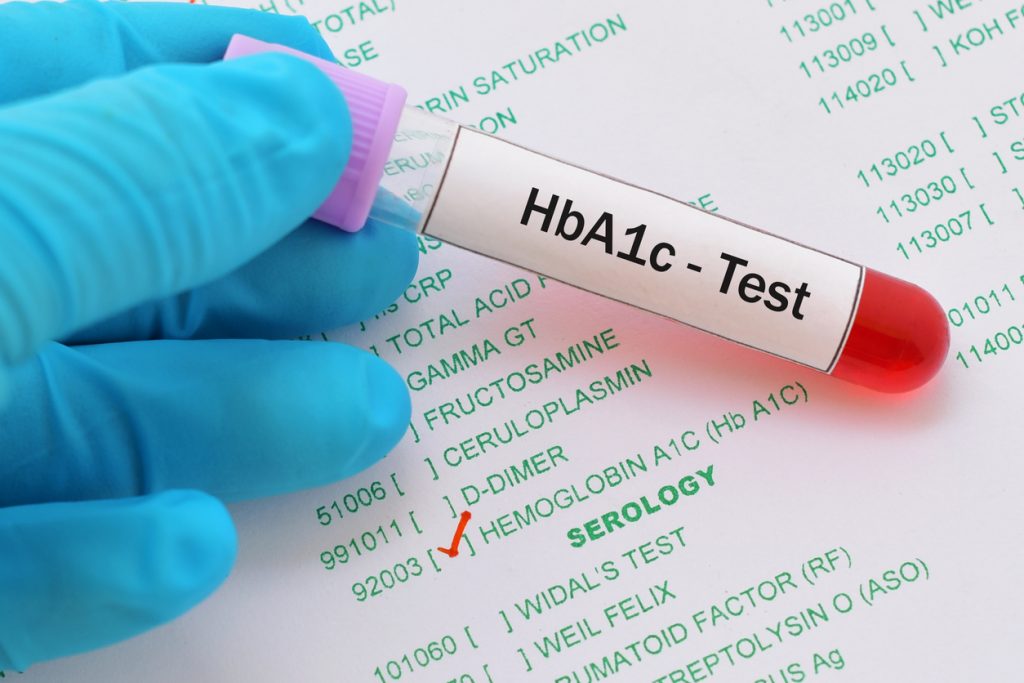HbA1C Test: Procedure, Results & Levels Explained
What is HbA1C?
HbA1C (or glycated haemoglobin) is haemoglobin (red blood cells) that becomes bound with glucose, or ‘glycated’, and is used to measure and monitor the blood glucose levels in patients with diabetes.
What is a HbA1C test?
A HbA1C test gives diabetics a relatively good idea of how strict blood sugar control has been over the previous three months, the life-span of an average red blood cell.
Increased levels of blood sugar over a sustained period of time cause compounds related to sugar to be attached to the haemoglobin protein in red blood cells.
How is a HbA1C test performed?
HbA1C is measure via a blood test. A few millilitres of blood from a vein are required.
HbA1C test results explained
High HbA1C
A high level of HbA1C suggests poor blood-sugar control over the previous weeks.
Low HbA1C
A low level of HbA1C is a ‘pat on the back’ for a diabetic patient because it reflects strict control over the previous weeks.
Related specialists
- Diabetologist
- Endocrinologist
- General Practitioner (GP)
- General Physician
- Nephrologist
- Ophthalmologist
- Paediatrician
- Vascular Surgeon
Related procedures
- Blood Test (venesection)
Related tests
- Glucose
- Urinalysis
- Lipid Profile (Cholesterol Test)
- Angiogram
- Echocardiogram (Echo) (Ultrasound)
- Exercise Stress Test (EST)
- Dipyridamole-Thallium Scan (Dip-Thall)
- Glucose Tolerance Test
Also known as
- HbA1C
- Glycosylated haemoglobin
- 3-month test
Links
A: Use HealthEngine to find and book your next GP appointment. Click on the following locations to find a GP clinic in your state or territory.
This article is for informational purposes only and should not be taken as medical advice. If in doubt, HealthEngine recommends consulting with a registered health practitioner.
All content and media on the HealthEngine Blog is created and published online for informational purposes only. It is not intended to be a substitute for professional medical advice and should not be relied on as health or personal advice. Always seek the guidance of your doctor or other qualified health professional with any questions you may have regarding your health or a medical condition. Never disregard the advice of a medical professional, or delay in seeking it because of something you have read on this Website. If you think you may have a medical emergency, call your doctor, go to the nearest hospital emergency department, or call the emergency services immediately.








